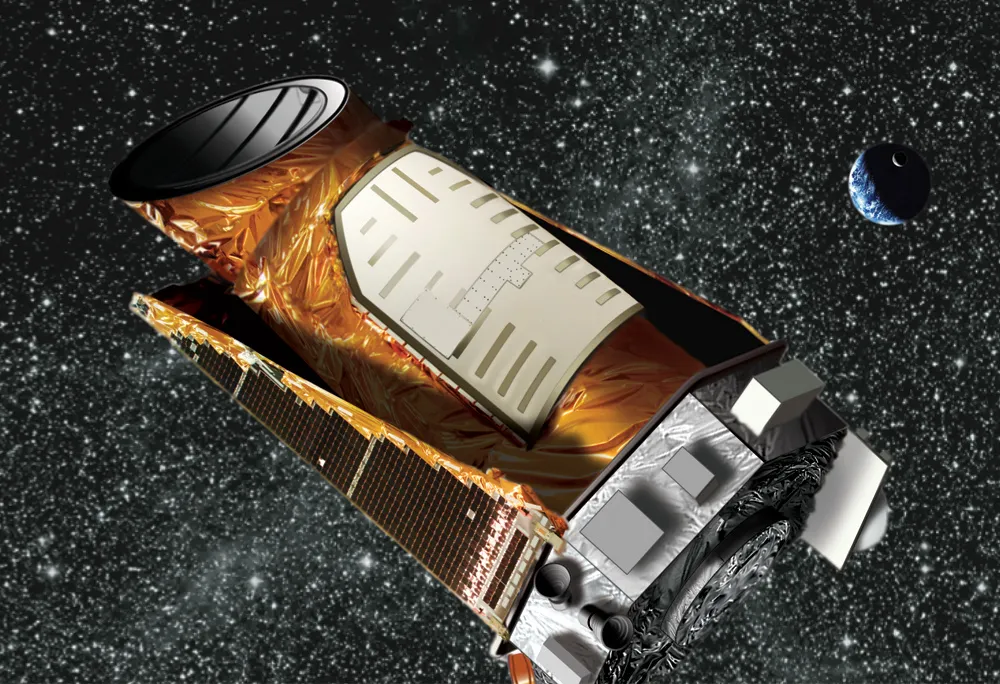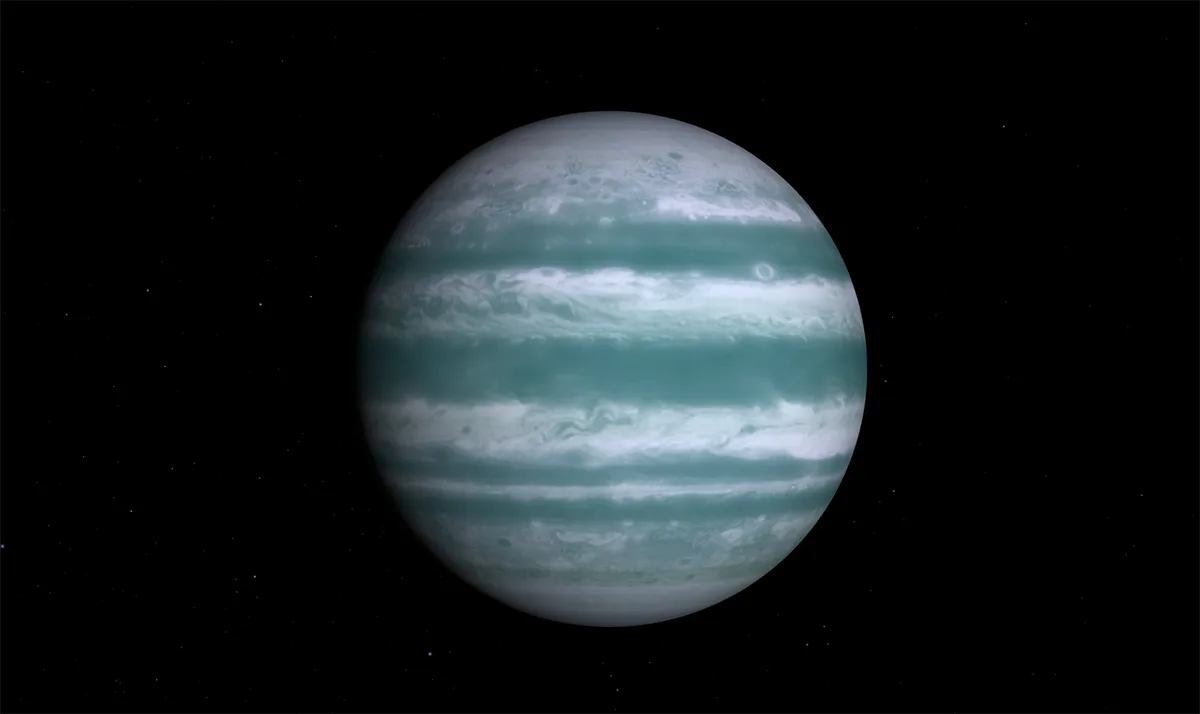Of the 5,000 planets beyond our Solar System discovered so far, around half were found by NASA’s Kepler Space Telescope.
Now astronomers believe they have identified the last three exoplanets the telescope ever uncovered.
The Kepler Space Telescope launched in 2009, spending four years monitoring 150,000 stars, looking for the dip in brightness caused by a planet passing in front (known as the transit method of discovering exoplanets).
In May 2013, however, the second of the spacecraft’s four reaction wheels – which helped keep it steady – failed.

The Kepler team eventually found another way to stabilise the craft and conducted the K2 observing campaign which ran until the telescope used up its fuel, officially retiring on 30 October 2018.
Kepler’s last observation run was able to get one week of high-quality observations of 33,000 stars, followed by 10 days of noisier measurements when the lack of fuel made the spacecraft’s thrusters fire erratically.
There was still enough data to identify potential exoplanets and so the team passed the data through the same detection method they’d used to identify many other planets: a dedicated team of citizen scientists who combed through the light curves looking for transits.
"They can distinguish transits from other wacky things like a glitch in the instrument," says Andrew Vandenburg from MIT, who co-led the study.
"That’s helpful, especially when your data quality begins to suffer like it did in K2’s last bit of data."
The citizen scientists examined the high-quality data, helping to identify three potential planets.

For two of these – K2-416 b, which is 2.6 times the mass of Earth and takes 13 days to orbit its star, and K2-217 b, a three-Earth-mass planet with a 6.5-day orbit – the team were able to identify another transit signal in the brief periods of reliable data in the final 10 days, thereby confirming them as planets.
They could find no additional transit for the third candidate, EPIC 246251988 b, a Neptune-sized object orbiting once every 10 days, and so this will require further follow-up observations.
"We have found what are probably the last planets ever discovered by Kepler, in data taken while the spacecraft was literally running on fumes," says Vandenburg.
"The planets themselves are not particularly unusual, but their atypical discovery and historical importance makes them interesting."
This article appeared in the August 2023 issue of BBC Sky at Night Magazine.
